The Earth Day Network, the leaders of Earth Day all over the globe, chose the theme of End Plastic Pollution for 2018 with the goal of eliminating single-use plastics worldwide. There is a growing body of evidence revealing the true impact that plastic waste is having on the world’s oceans, water, wildlife, and health. We are discovering that plastics are poisoning and injuring marine life, showing up in food, causing life-threatening diseases, disrupting human hormones, leading to early puberty, and threatening the survival of the planet.
Education and Awareness
Education is key to such a large endeavor. It is hard to become passionate and intentional when you don’t understand what you are fighting for. Once you are aware of some of the risks involved with all the plastic we are using and consuming, you are more likely to make changes and take a stand.
The End Plastic Pollution theme has grown a movement to eliminate single-use plastic straws. The Last Plastic Straw is a project of the Plastic Pollution Coalition. The goal is to raise awareness and further connect individuals in tangible ways that are both positive and impactful. Simply asking for “no straw” has effectively brought to light the prevalence of even this one single-use plastic item in our lives.
It is important that we all understand and appreciate the consequences of our current plastic use and consumption to our health, environment, and climate.
Bans Across the World
The UK has actually introduced a plan to ban single-use plastic straws along with other single-use plastic items. Support for similar bans is growing in Canada and around the world. Some states have already taken the initiative and banned plastic straws within their borders. According to a July report in the Washington Post, almost 2,000 organizations and restaurants have banned plastic straws or offer them on a request only.
This is a vastly important step in minimizing plastic use and raising awareness about using plastics responsibly, and it is a step. We can’t stop there. We should celebrate these victories while monitoring the effects of such policies. Bans on all the plastics in our lives is not likely to happen, at least in the near future.

We need to change our attitudes and behaviors around plastic. According the Plastic Pollution Coalition, over 500,000 plastic straws are used in the United States alone every day. Although straw bans alone are unlikely to save our oceans, we should adopt them anyway. Plastic straws are far from the biggest plastic problem, but it’s not really about straws. It’s about plastic in general. It is a small thing that most people can do with little to no inconvenience while becoming more aware of their overall plastic consumption.
Next Steps
Although I find this initial step important, it should not mean that we relax into complacency. The threat that plastics pose demand aggressive action. As much as 8 million metric tons of plastic gets deposited into our oceans yearly.
Ending plastic pollution starts with banning single-use straws. We all need to start taking responsibility for our plastic production and consumption.
We can start by banning single-use plastics and finding alternatives. This can be partly accomplished at the consumer level. Make an effort to refuse plastic straws, provide your own reusable cups, shop with reusable shopping bags, and choose to purchase products that are not packaged in plastic.
We also need to become better recyclers. Progress is not always easy. Sometimes it takes extra effort up front to show a need for infrastructure. Make an effort to recycle the plastic you do use and to sort it properly.
It will take all of us to put an end to plastic pollution. Support bans on single-use plastic straws. If they aren’t banned in your area, take the initiative to stop using them. We can make a better world if we put our minds to it.
Narrator: This blog was thoughtfully written by Amy Gravlee. You can find her on Instagram @amygrvl.

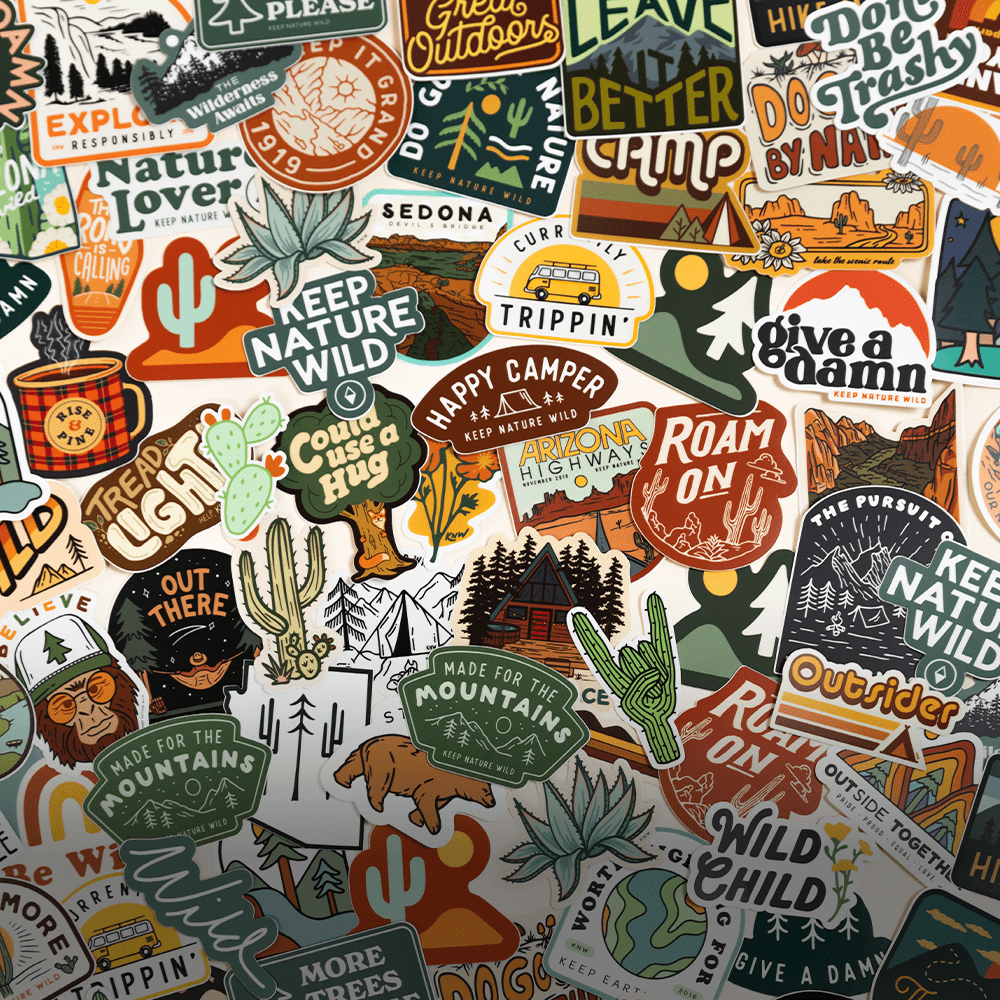
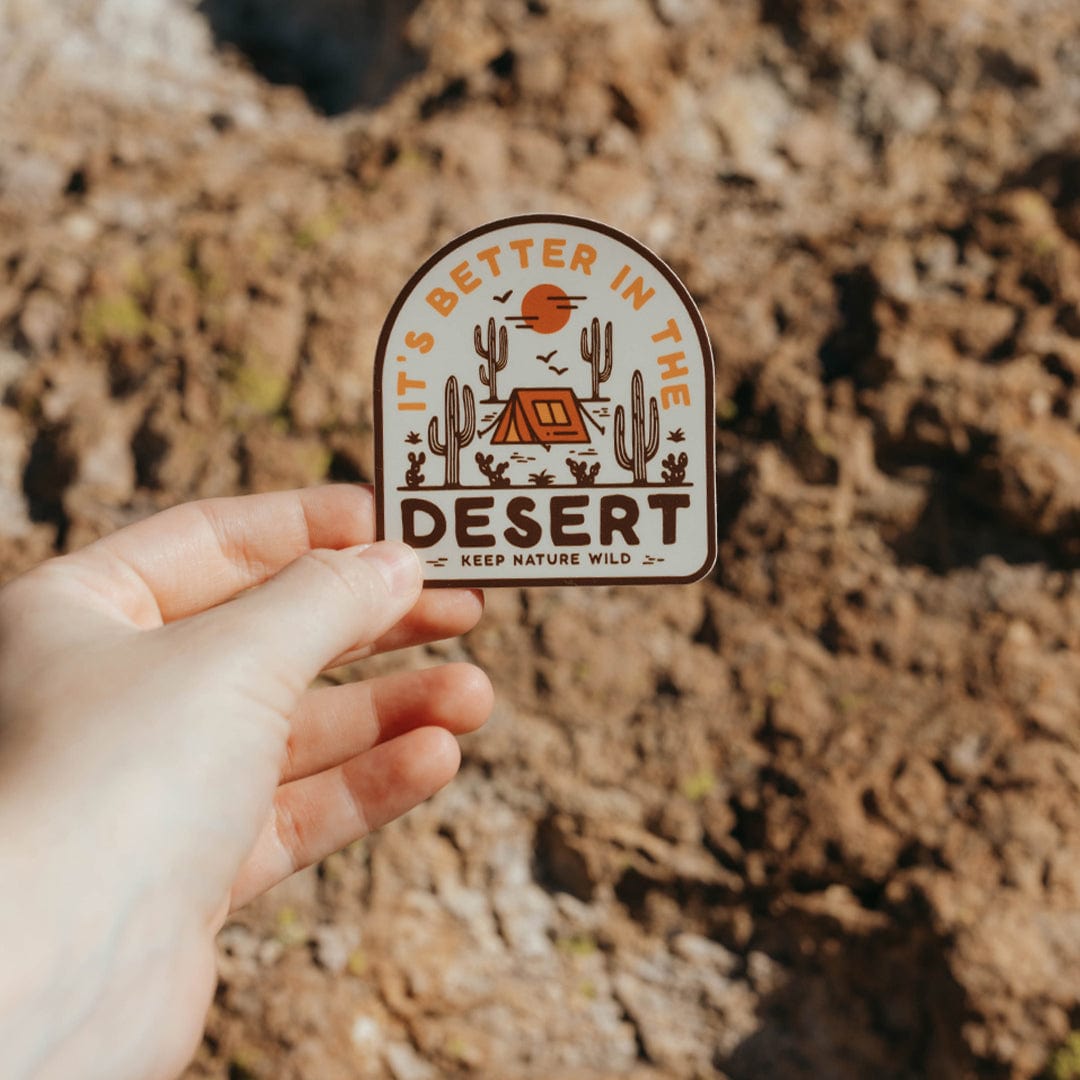
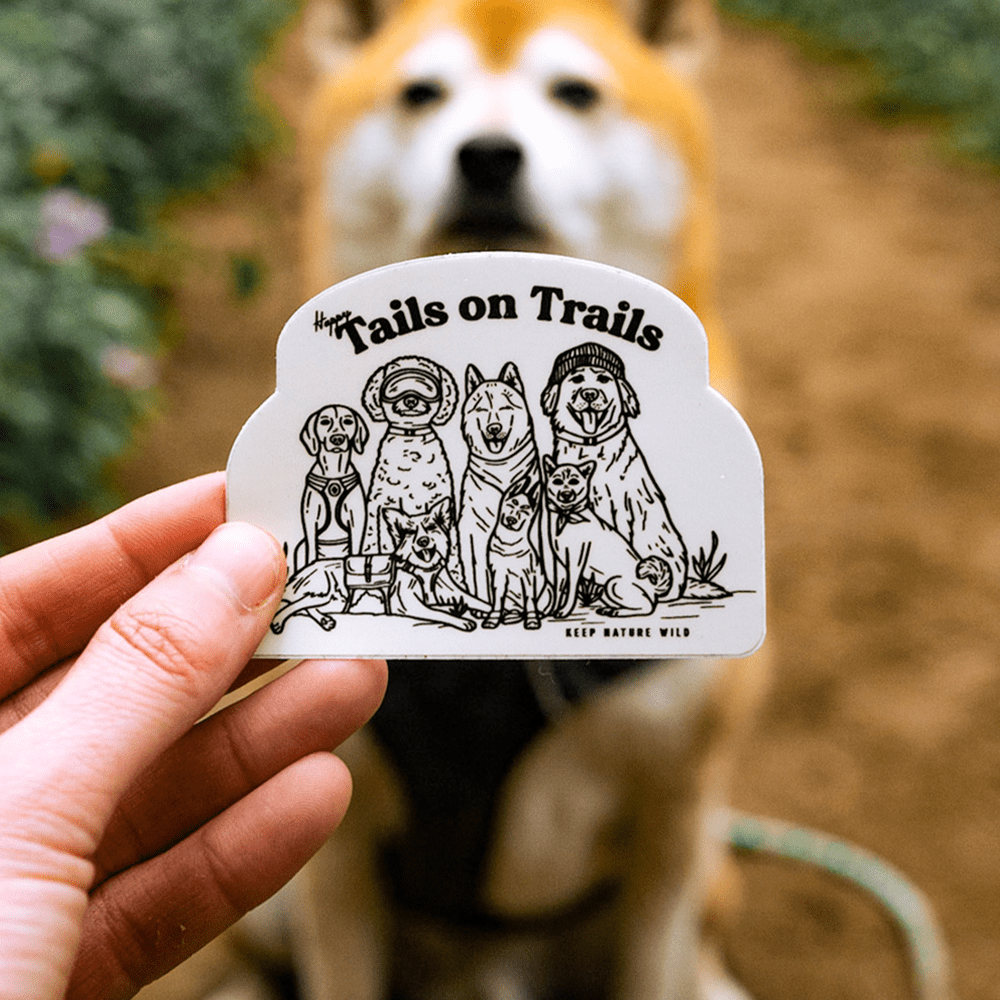

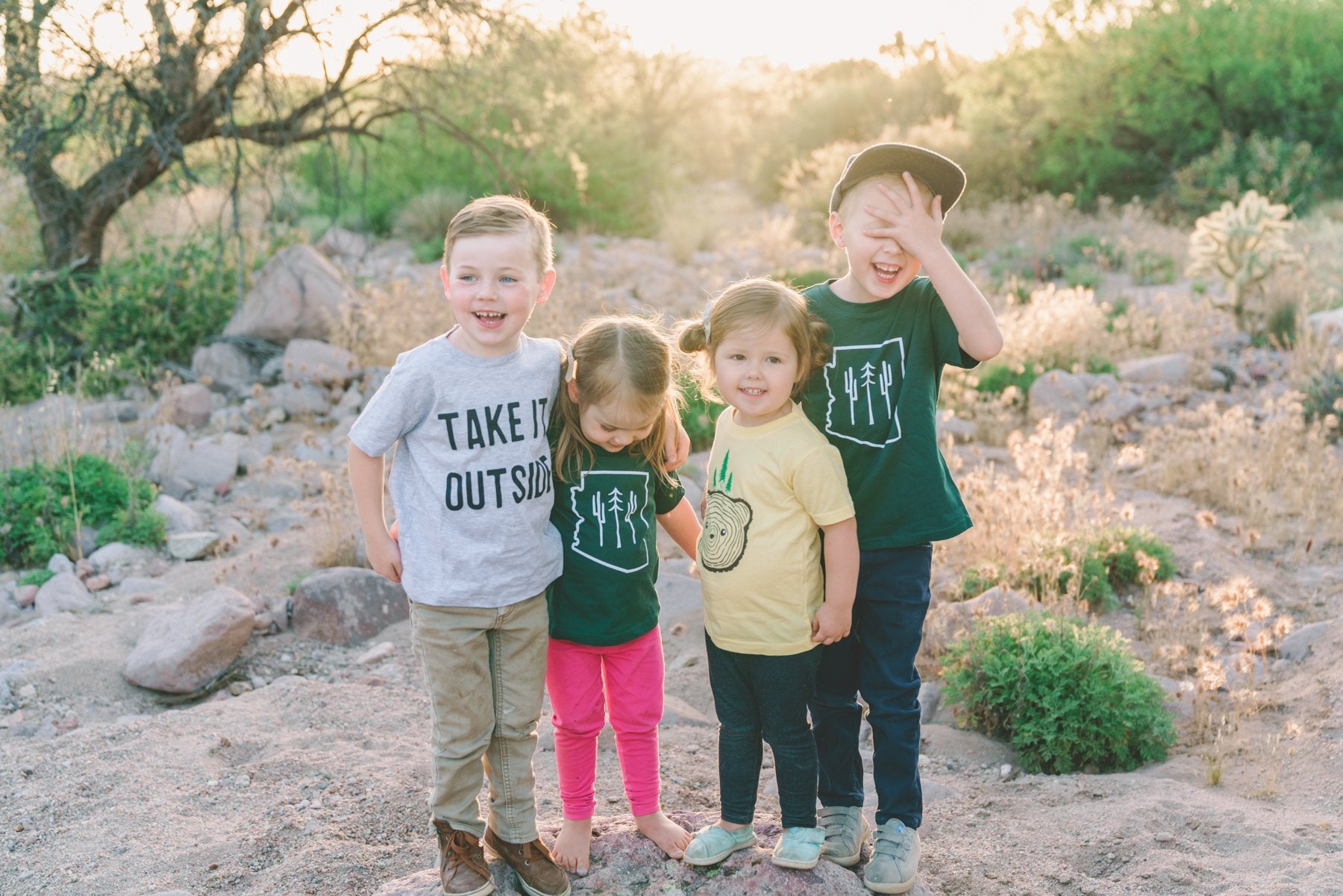
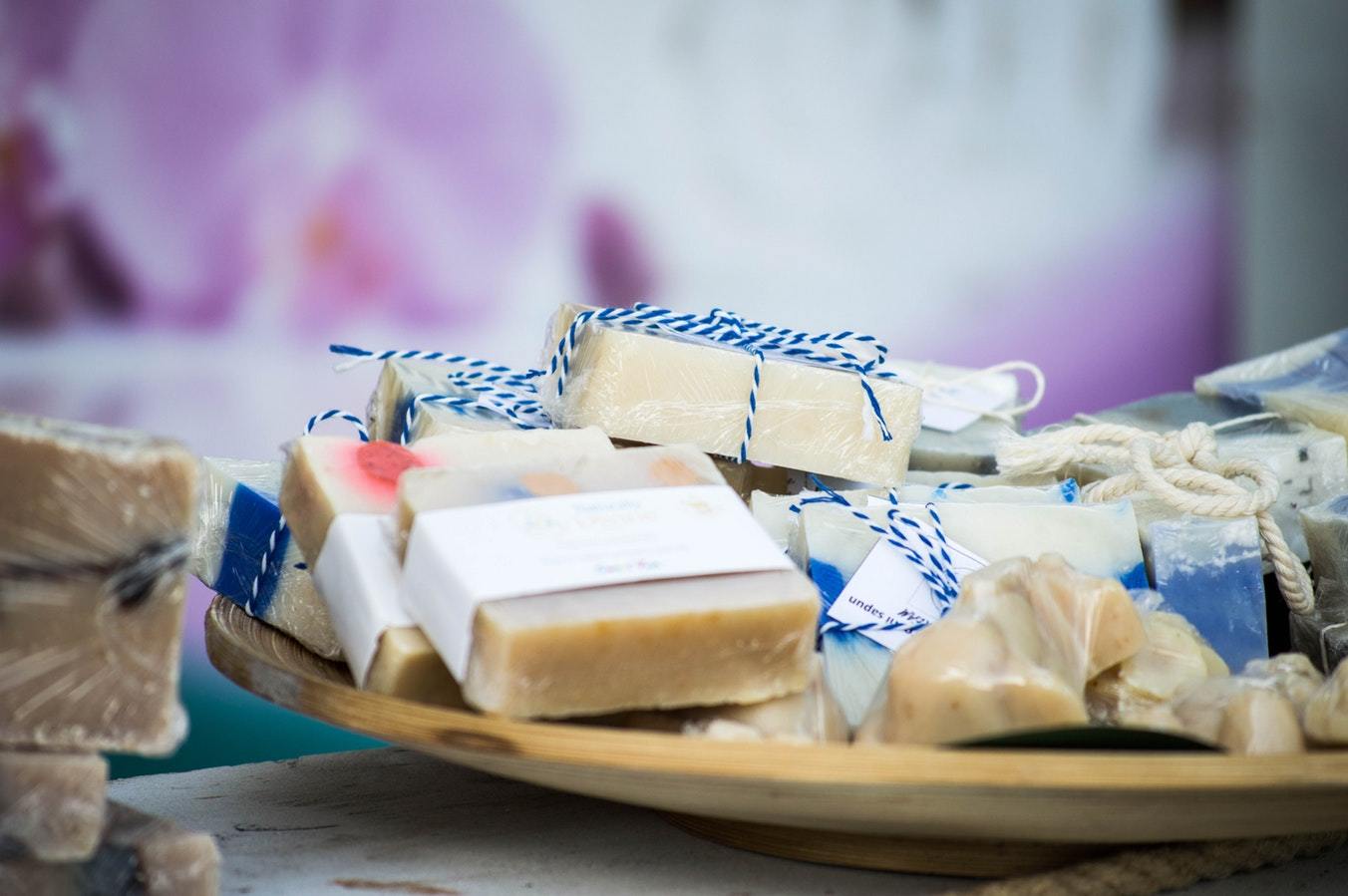
Leave a comment
All comments are moderated before being published.
This site is protected by hCaptcha and the hCaptcha Privacy Policy and Terms of Service apply.